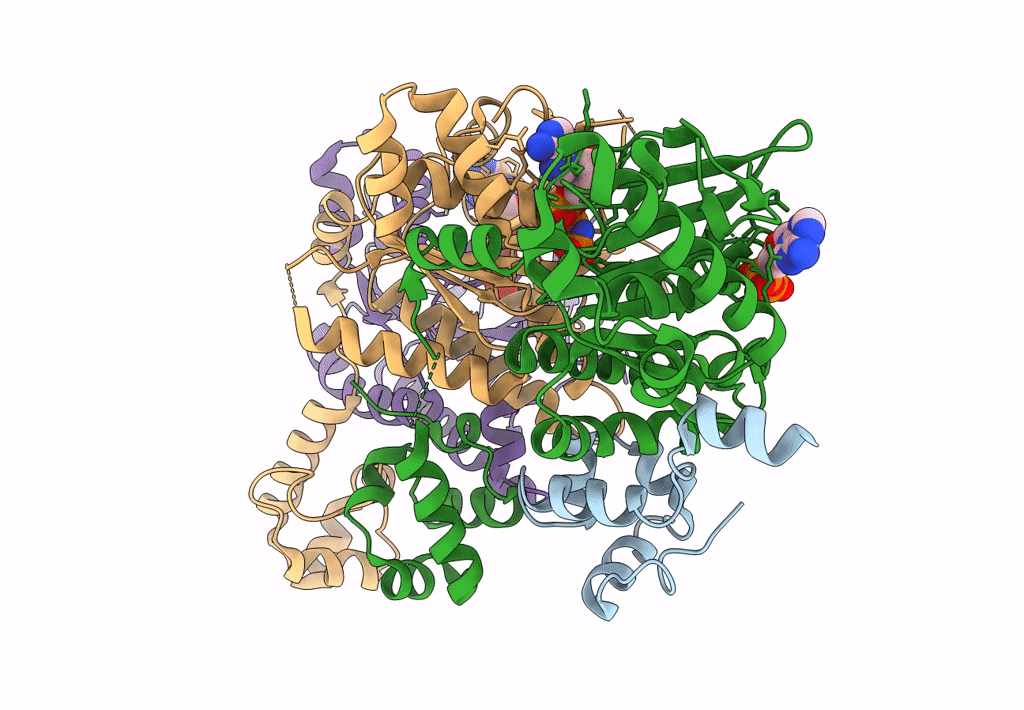
Deposition Date
2022-11-29
Release Date
2023-06-21
Last Version Date
2025-05-28
Method Details:
Experimental Method:
Resolution:
2.30 Å
Aggregation State:
PARTICLE
Reconstruction Method:
SINGLE PARTICLE


